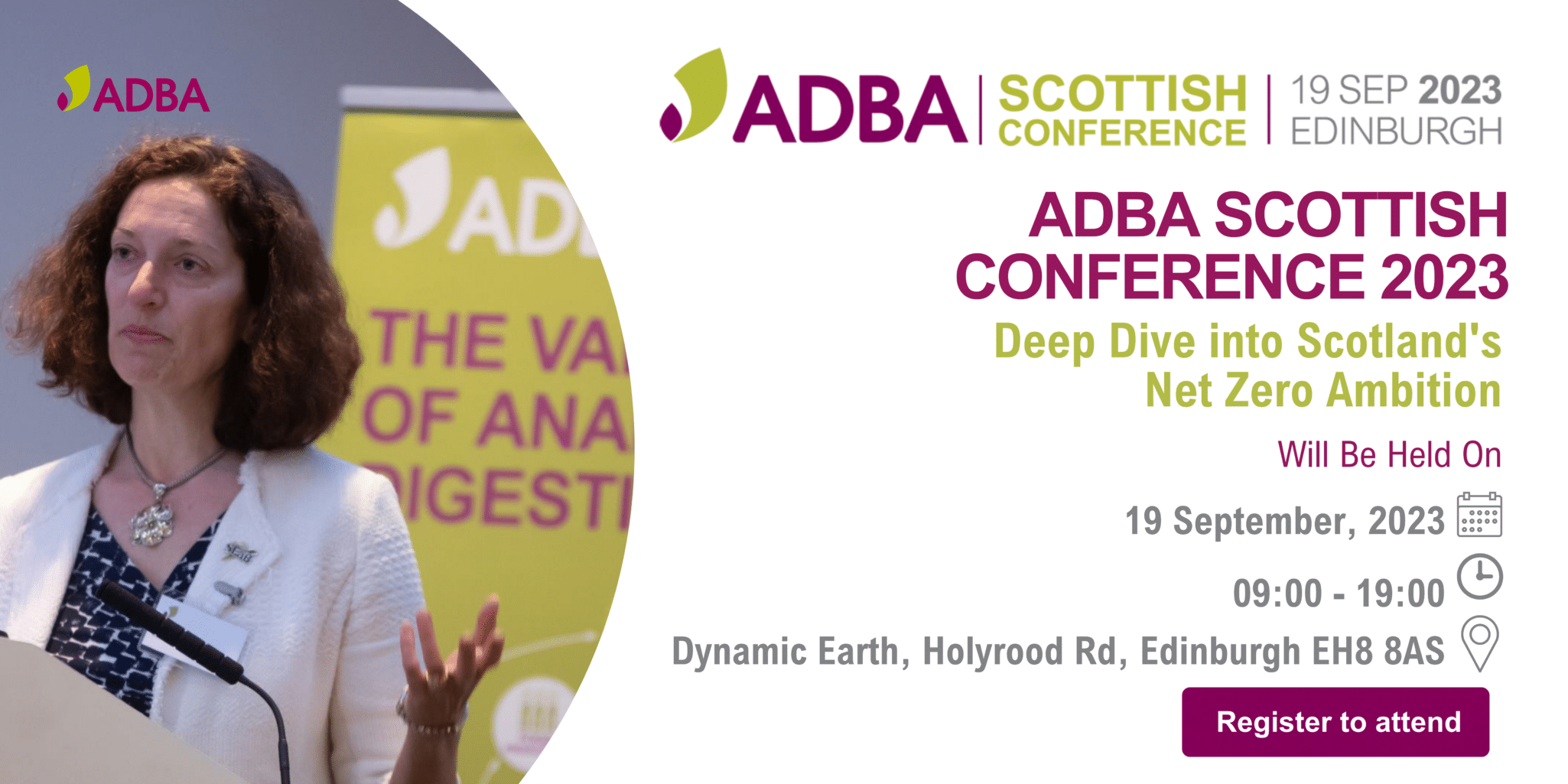A Sustainable Future in Action: Our visit to the Willen Biogas AD Plant On 26…
DECC-funded project to support bird habitats and energy objectives
Two years ago DECC awarded £1m funding to a project that aimed to use waste reeds and rushes from wetland nature reserves for bioenergy: either through AD or direct biomass combustion. The results of that are starting to come through. The Royal Society for the Protection of Birds (RSPB) has joined up with companies in the AD and biomass sector to harvest the reeds and rushes (that is currently largely undertaken by volunteers) and send the material to biomass and AD plants (instead of being burned on the site or composted where a local demand exists). Many bird species thrive best on landscapes that have a 'mosaic' of vegetation of different ages and types.
There are over a hundred thousand hectares of nature reserve in the UK. Therefore at least tens of thousands of tonnes of waste vegetation is being formed that benefit from harvesting and use.
The project has developed several light-weight harvesting vehicles designed to have minimal impact on soils on the nature reserves. The vehicles can now produce wet or dry biomass for use in AD plants or for solid biomass combustion. The owners and managers of these reserves are now interested in local uses for the material. Nature reserves are spread across the country so if you’re interested in talking to these organisations about the feedstock then please let me know on 020 3567 0751.
I went to visit a wetland nature reserve in Somerset and was impressed by the potential for wetland to provide habitats for nature but also, as a secondary goal, feedstock to support our energy objectives.
There are some excellent blogs on the project by Sally Mills, the RSPB Bioenergy Project Manager, here.
Sally is one of the speakers at our R&D Forum 2015 taking place in April. We’re really keen to hear how the project is progressing, and I’m really keen to ask Sally how much of this material she thinks can be harvested across the UK to the benefit of the bird populations. Also on our programme for day one of the Forum is Colin Keyse, who has been working as part of this project on converting not only wetland rush but also late cut silage, gorse, bracken and roadside verge cuttings into feedstock for AD. With Government researchers previously estimating that there are over 800,000 hectares of ‘marginal and idle land’ in the UK (which is 4% of all agricultural land in the UK), this research could also be significant.



